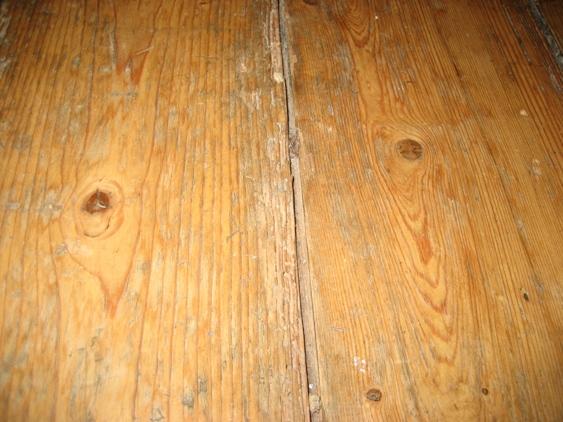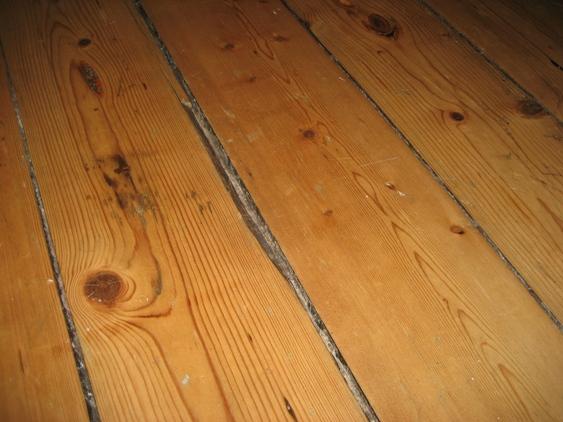My kitchen has a suspended wooden floor (not 100% sure on wood type), of Victorian age, thick planks in tongue and groove fixing. Room is about 7m x 4m.
Thing is, it's a bit of a mess. It has had quite a few planks attacked by woodworm, some are split or cracked and most have next to no varnish left on them.
So my question is, what should I do to fix this?
Getting it sanded and varnished would be the cheapest option, but that wouldn't sort the splits or other damage. Could I fill these bits before sanding? The gaps between the boards would obviously still exist and let in drafts.
I guess I could put a new floor over the existing one, probably using engineered wood flooring of about 14mm thickness, I think my doors could cope with that extra depth of floor.
Or, is it possible to lift the boards and lay new ones? I imagine these would also need to be sanded and varnished. I have no idea how much new floor boards would cost.
Thing is, it's a bit of a mess. It has had quite a few planks attacked by woodworm, some are split or cracked and most have next to no varnish left on them.
So my question is, what should I do to fix this?
Getting it sanded and varnished would be the cheapest option, but that wouldn't sort the splits or other damage. Could I fill these bits before sanding? The gaps between the boards would obviously still exist and let in drafts.
I guess I could put a new floor over the existing one, probably using engineered wood flooring of about 14mm thickness, I think my doors could cope with that extra depth of floor.
Or, is it possible to lift the boards and lay new ones? I imagine these would also need to be sanded and varnished. I have no idea how much new floor boards would cost.





